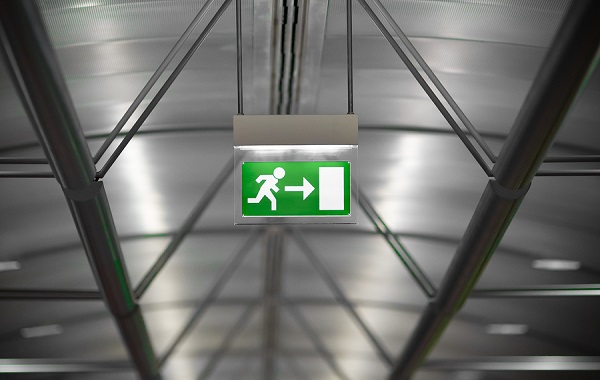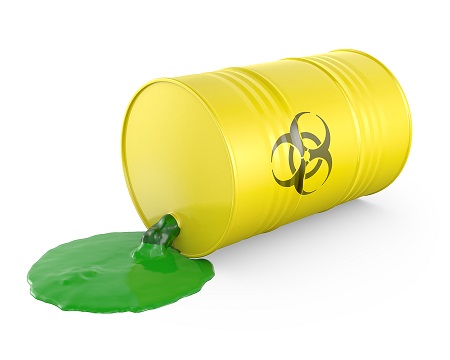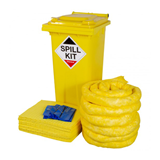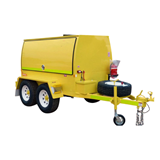Corrosive materials and substances that are combustible or flammable should also be considered hazardous.
Every workplace should have an emergency preparedness plan that includes proper handling of hazardous substances. The plan should also detail what to do when a hazardous substance is spilled.
Stick to areas of expertise
Individuals without specific spill response training should not attempt to clean up a hazardous material spill. They should notify the safety officer and assist in clearing the area.
As workers leave the contaminated area, doors should be closed in an effort to contain the spill. If safe, someone can remain posted outside the impacted area to keep others from entering.
Minimise risk of escalation
If possible, workers that witness the spill should take steps to minimise the risk of further damage. This includes removing accelerants and ignition sources from the area, as well as unplugging electrical equipment in the immediate vicinity of the spill.
This should only be done if they are certain the spill poses no immediate risk or danger.
Assess the type of spill
Spills can typically be broken into two primary classifications — incidental and emergency response. Some chemicals will automatically fall into one of the two classes, while others may fall in either category depending on the location and severity of the spill.
Incidental spills can generally be cleared without additional steps beyond cleanup. Emergency preparedness plans should have guidelines established for the hazardous materials on site that require an emergency response.
The risk assessment/response team needs to assess the following:
- Material that was spilled
- Physical qualities of the spill (gas, liquid, powder, etc)
- Properties of the spill (flammable, toxic, corrosive, etc)
- Volume of the spill
- Potential to spread (via leakage, fumes, fire, etc)
Evacuation

Depending on the severity of the spill, an evacuation plan could be limited to the area where the spill occurred. It could also include the entire plant.
The emergency plan should include different evacuation scenarios for the chemicals housed on site and the response team needs to be trained to make this determination.
Treatment
Individuals that were exposed to hazardous materials should be instructed to remove contaminated clothing and be taken to the nearest safety shower or eye wash station.
The affected area should be washed for a minimum of 15 minutes.
Workers with severe injuries should be removed from the contaminated area, but only if this can be done without posing an additional risk of injury.
Report the incident
Depending on the severity and type of spill, local, state or federal authorities may need to be notified. The emergency preparedness plan should include contact information and a reference guide that covers reporting needs for the hazardous materials housed on site.
Every company takes steps to prevent spills, but accidents do happen. Monitoring systems help detect if a spill has occurred and some are equipped with automatic sprinklers to extinguish or prevent potential chemical fires.
Every facility that handles hazardous materials should also have an alarm system to assist with an evacuation.





-160x160-state_article-rel-cat.png)



-160x160-state_article-rel-cat.png)






